Walking the Roots of Japan
by Sam, staff writer of japan-guide.com
| previous post |
| next post |
2016/09/13 - Walking the Roots of Japan

The Yamato area in Nara Prefecture around today's Sakurai and Tenri cities is highly significant in the history of Japan as the first center of power for the imperial court. As a result of its illustrious history, the area is awash with famous shrines, temples and other cultural assets in addition to natural scenery and picturesque, rural villages. With all this in mind, I couldn't wait to get started on my trip exploring this special area.
There was hardly a more appropriate way to begin my Yamato journey than with a hike along the Yamanobe-no-michi Trail, the oldest road mentioned in Japanese historical records. The most traversed section of the trail winds around eleven kilometers of relatively flat countryside at the eastern edge of the Nara Basin between Tenri and Sakurai, passing several significant places of worship along the way. I lace up my walking shoes at Isonokami Shrine (10 minutes east of Tenri Station by taxi) from which my trek will begin.

Isonokami Shrine is among the oldest shrines in the country. In the 6th century it was patronized by the Mononobe Clan, an ancient clan that unsuccessfully competed for supreme control over the imperial court. A number of the clan's weapons have been stored at the shrine, including a famous seven-pronged sword that is not on public display. The shrine itself is wonderfully peaceful, being far enough from any roads that no cars can be heard. I stroll around the structure taking in the tranquil forest atmosphere as I prepare for the start of the walk.

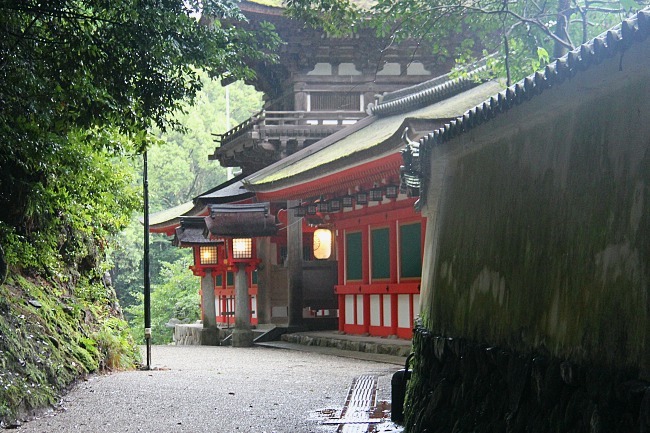
From Isonokami Shrine I ascend a gentle slope to find myself in nature and what feels like a thousand miles from the urban streets of the nearby town. The path is flanked by patches of lush forest and sprawling rice fields that shimmer in the afternoon sun. There are also lots of persimmon trees along this section of the trail, their branches weighed down by the growing fruit that will be ready to harvest in the autumn.
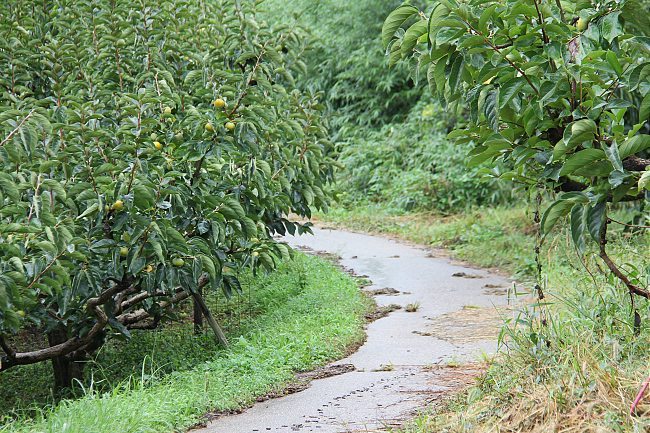
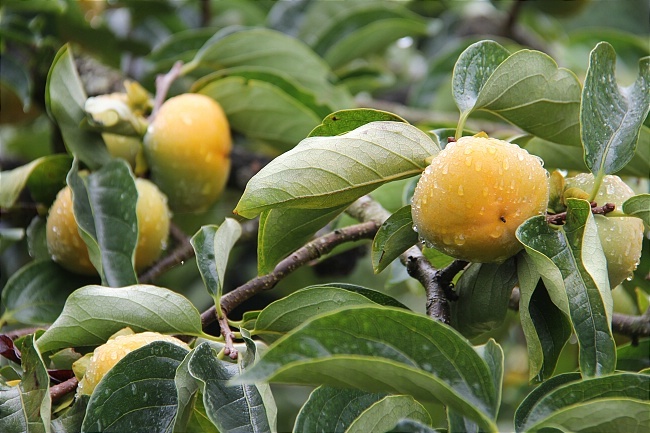
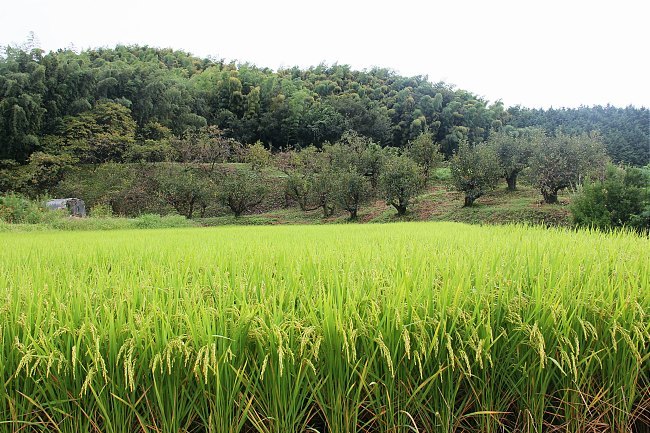
Hidden away to the side of the path, I find Yatogi Shrine. This serene little complex is notable for its main hall which has a beautiful thatched roof; something not often seen in Japanese shrines. The shrine is shaded by the trees that surround it and makes for a perfect spot for me to relax and admire after travelling this first part of the route.
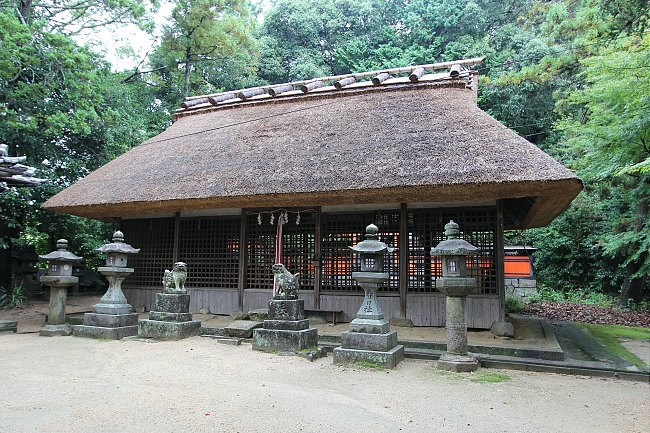
I press on along the trail and eventually arrive at Chogakuji Temple. Established in the year 824, the temple once occupied an area of 30 hectares and housed 500 monks including a small private army. Whilst not possessing quite the land or military might that it did in centuries past, the temple retains its mystique and beauty, boasting a pristine Japanese garden that I come to after walking through one of the temple's buildings.
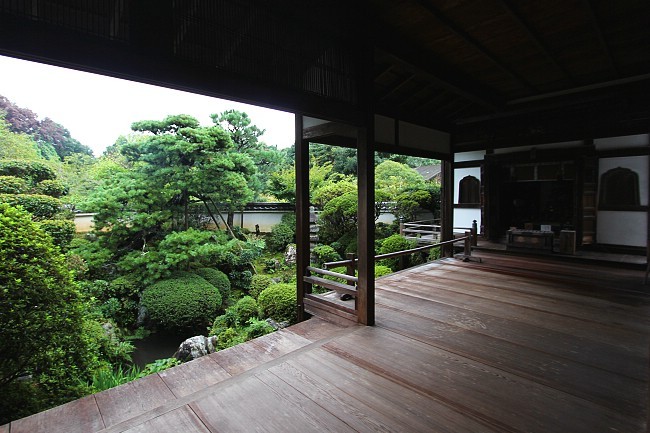
The temple is quiet, with no one else around save for the lone priest I meet at the entrance. Because of this, I feel the need to tread softly around the temple to preserve as much of the silence as possible. I step through Shoro-mon, a majestically rustic wooden structure and the oldest bell tower gate in Japan, and then I trot up some steps to the highest point of the temple grounds where there are several more wooden buildings, including the main hall. The whole place is extremely peaceful and relaxing and is definitely worth visiting when walking the trail.

Inspired by the beauty of Chogakuji, I follow the path as it meanders deeper into the countryside. I soon come across a huge, wooded mound encircled by what appears to be a moat. It happens to be a kofun, a gargantuan tomb made for one of Japan's earliest emperors. Built in a keyhole shape, these giant graves are commonly hundreds of meters long and dozens of meters tall and are an awe-inspiring sight, although difficult to capture on camera from the ground.
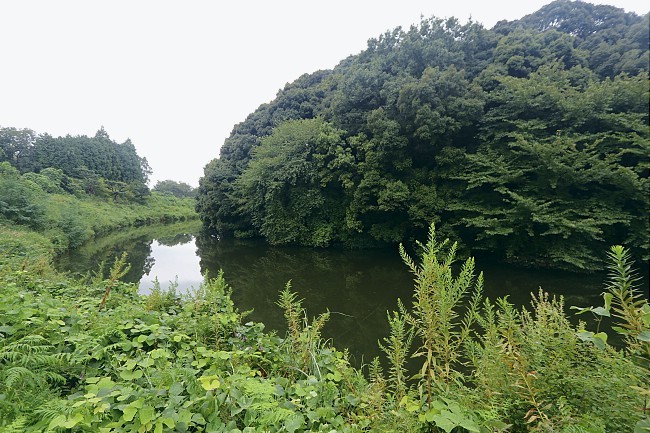
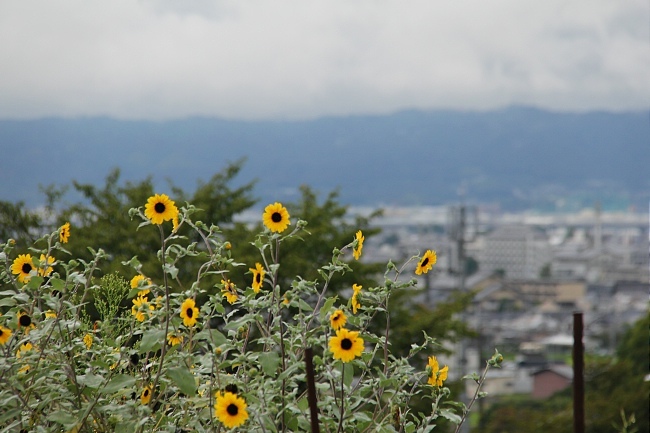
I trudge further along the path and pass through a few picturesque hamlets that are home to small communities. Despite the presence of people, the path remains noticeably quiet but for the chirps of birds and the wind gently blowing through the rice fields. It leads me to conclude that the people who dwell here really embrace the idea of living 'the quiet life'. There are various unmanned food stalls along the old route that offer a selection of local fruits and vegetables like potatoes, green peppers and persimmons. Next to the produce stands a box in which patrons put money in accordance with listed prices. The trusting nature of this concept gives me a warm feeling as I continue along the path, getting ever closer to its conclusion.
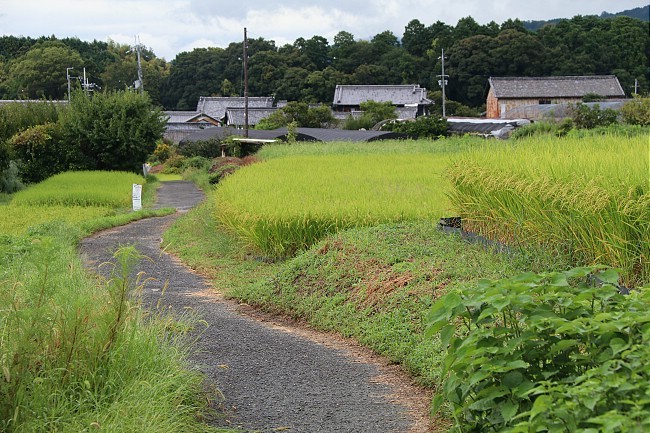
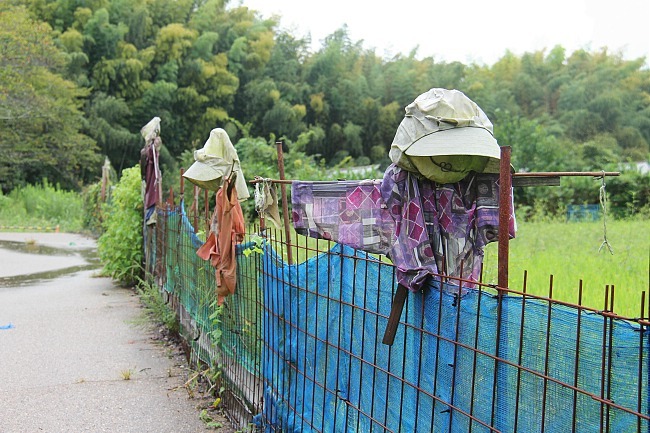
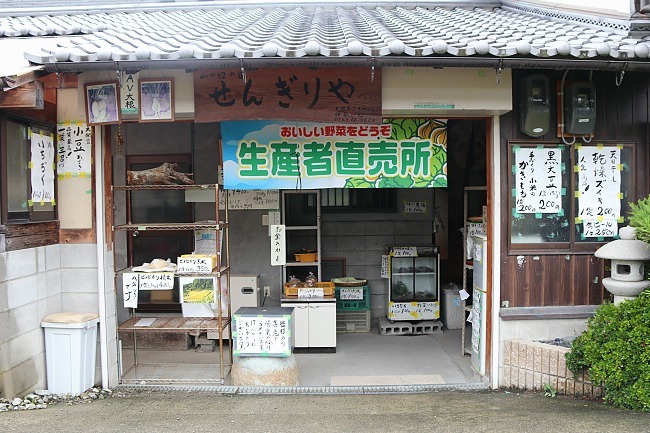
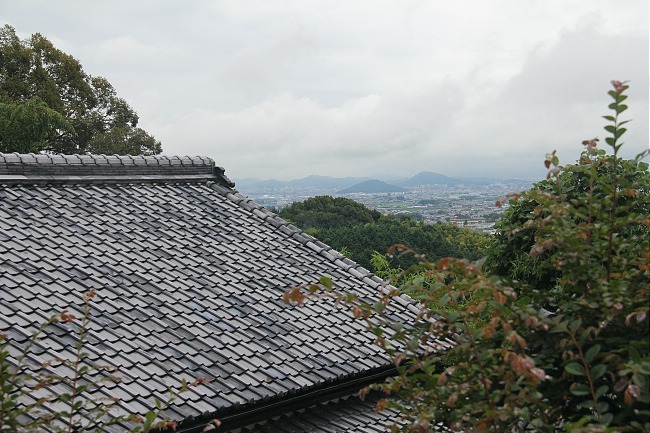
The trail winds downhill and takes me through a small forest in which stands Hibara Shrine. The most notable aspect of the old shrine is the mitsu-torii (triple torii) in the center of the complex. This is a very old style of torii gate that can only be seen at a handful of shrines in this area, and I feel privileged to get the opportunity to come across one.
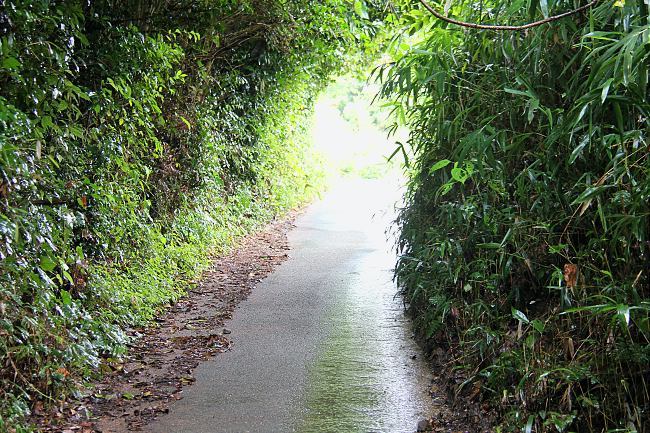
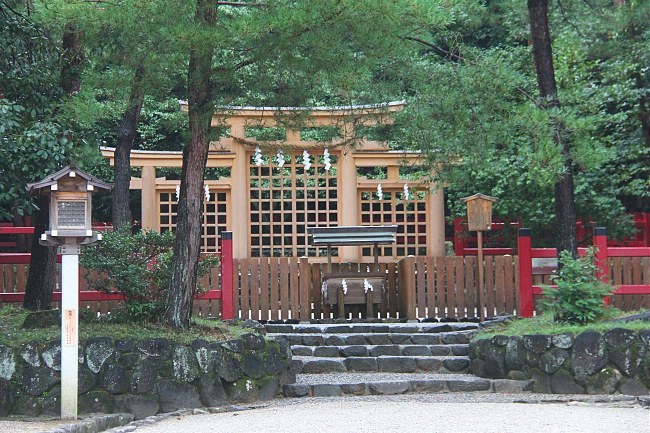
The final and perhaps most famous stop on the Yamanobe-no-michi Trail is Omiwa Shrine. Thought to be one of the oldest shrines in Japan, if not the oldest, Omiwa Shrine is different from most other shrines in lacking a main hall to enshrine the deity. This is because Omiwa Shrine's deity is Mount Miwa, the forested mountain behind the prayer hall. Hence, there is no need for a main hall. Located in the dense forest at the base of the mountain, Omiwa Shrine is a must-see when in the area and makes for a wonderful end to my day's walk.

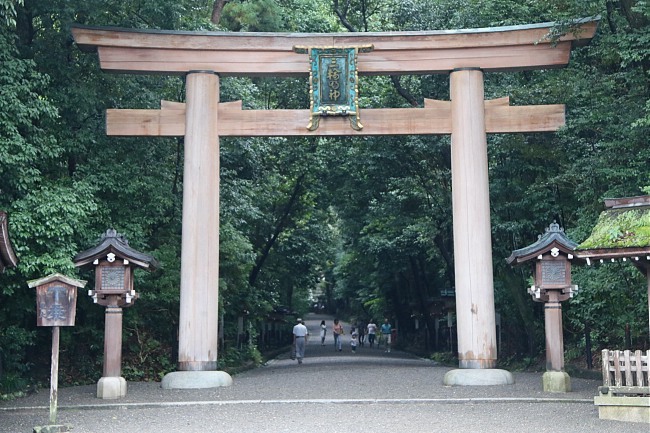
After all that walking, it's time for a well-deserved meal, and what better place to experience Yamato cooking than at a local countryside restaurant? I head to Inaka Chaya Chie, an atmospheric eatery on a hillside overlooking terraced rice fields. The meal is a multi-course bonanza including fresh sashimi, seasonal vegetables, succulent broiled salmon, and regional favorites such as numen, a warm version of somen noodles which in other parts of the country are almost exclusively enjoyed cold. The meal reinvigorates me after the day's journey and is washed down with beer and sake.
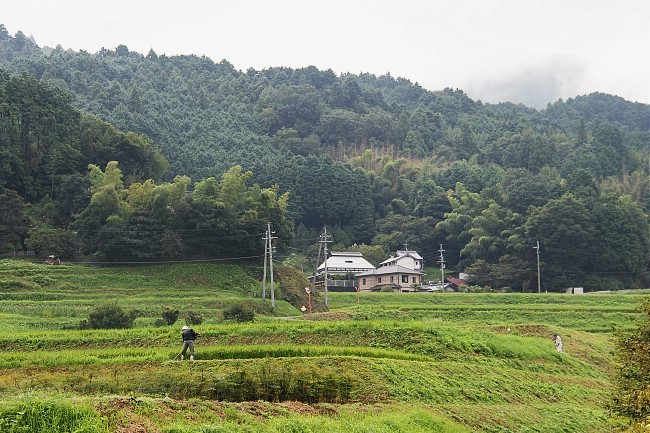
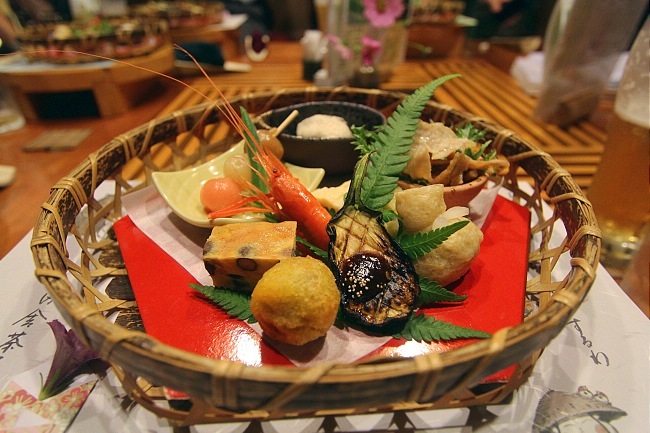
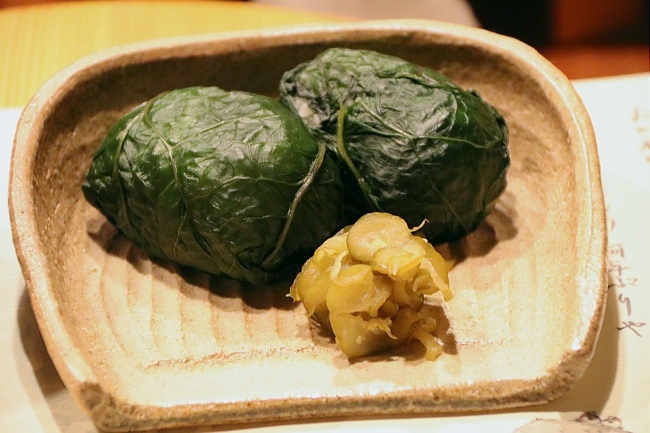
I rise the next day and head out to Hasedera Temple, among the most venerated temples in the country. Hasedera dates back to 686 and is characterized by its many buildings spread out over the hillside. The buildings are connected by a roofed staircase corridor that snakes up the hill. With a deep breath I climb the corridor's almost 400 steps to arrive at the main hall at the very top. It's not the easiest temple to traverse, but it's more than worth it when I reach the top.
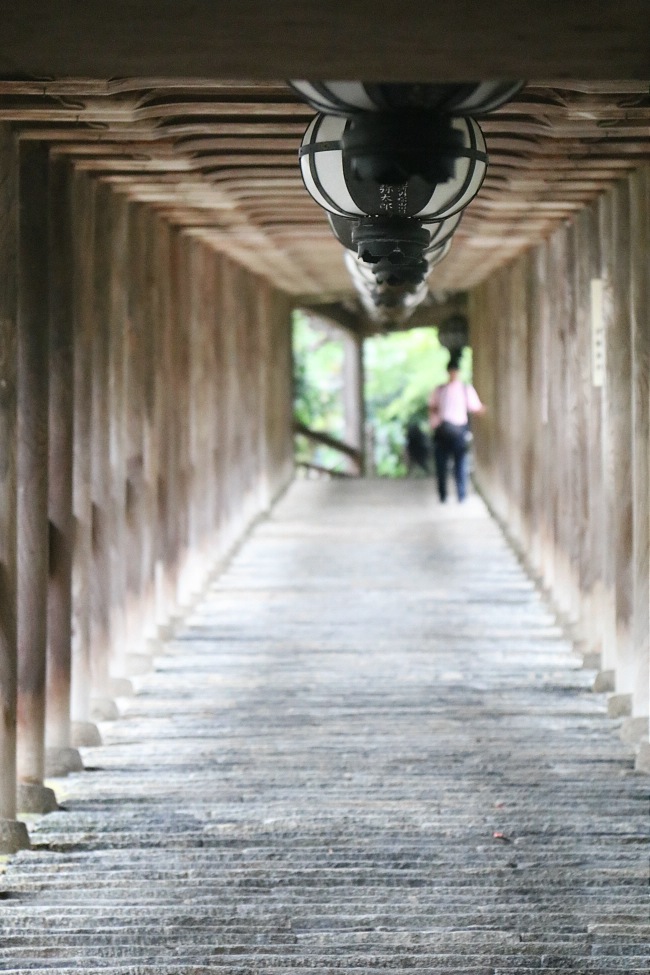
By now it's started to rain heavily, but I welcome the inclement weather and the way it adds to the already spectral atmosphere of the place with the clouds beginning to roll down the surrounding mountains. With my umbrella clutched tight, I venture out onto the balcony that extends from the main hall out over the hillside and take in the beautiful views and the majestic five-story pagoda to the right. The views are said to be even more breathtaking during the sakura and koyo seasons.
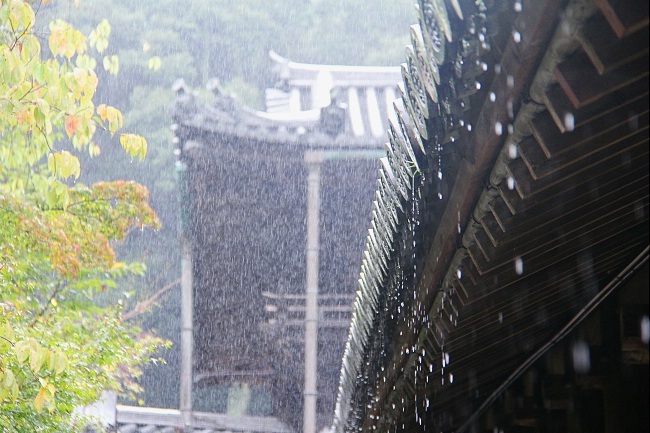
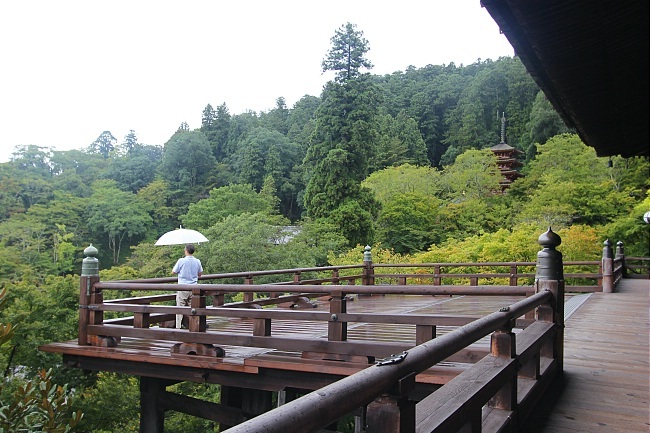
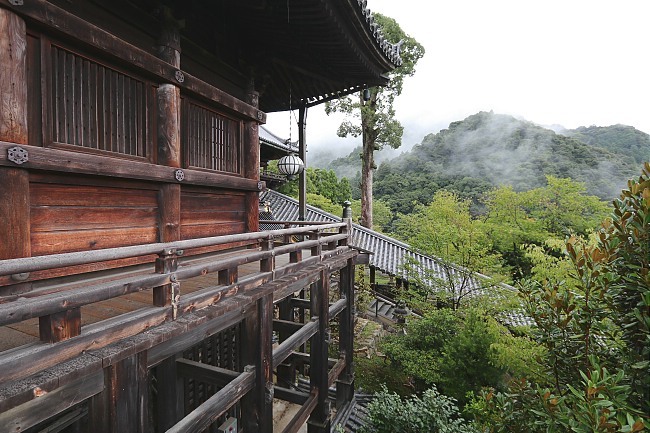
I am fortunate today as, for a limited time, visitors are allowed inside the room where Hasedera's exalted Kannon statue stands. The Kannon is one of two statues believed to have been carved from a single tree. The other Kannon is located at the Hasedera in Kamakura after allegedly being cast into the ocean and washing up there. I stand before the statue and am instantly humbled by its sheer size, as I don't even come up to the knees! Despite this experience being very interesting, Hasedera Temple is a must-see whether or not one is able to get close to the Kannon.
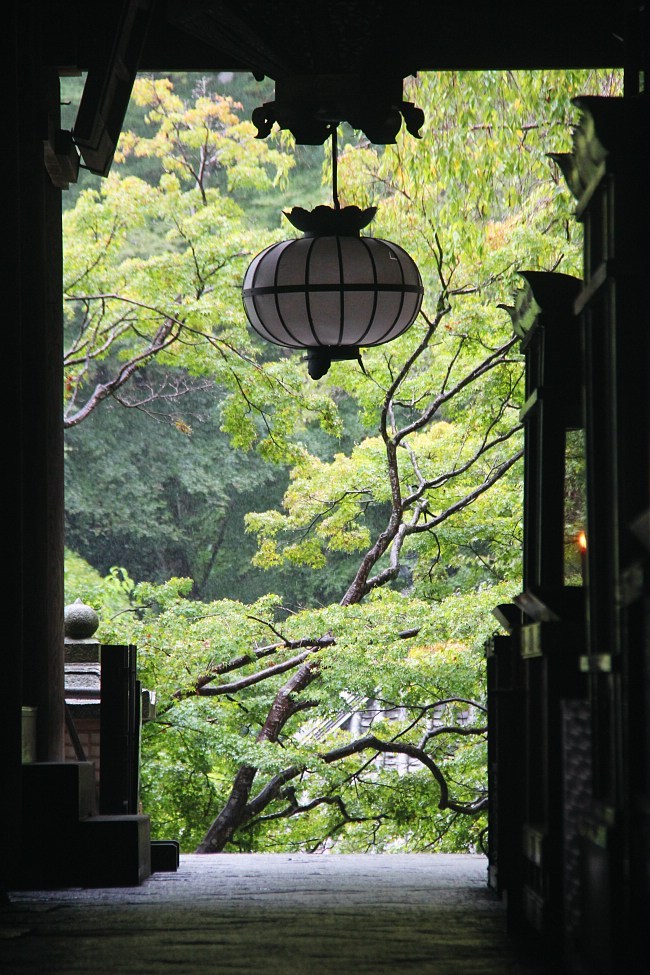
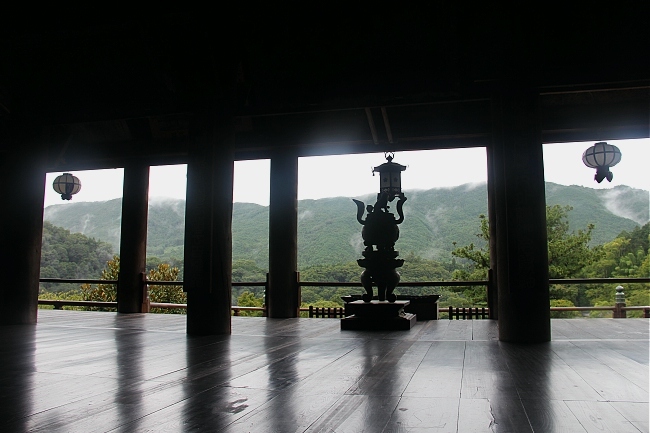
From one great temple to another, now it's time to visit Muroji Temple. Muroji is also known as "Women's Koyasan" because it permitted women to worship there in contrast to Koyasan where only men were allowed in the past. The temple sprawls up the side of a hill in the middle of a forest, and as a result is shaded and hugely atmospheric.
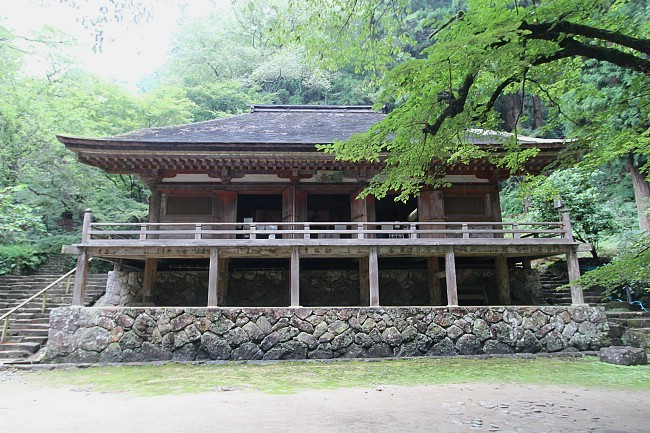

The complex's most impressive structure is its five-story pagoda, which at only around 16 meters high is the smallest five-story pagoda in Japan. The building's central beam is believed to be only slightly younger than the world's oldest wooden structures at Horyuji Temple, but other parts of the structure had to be rebuilt after damage suffered by a typhoon in 1998. I am thankful to be in the shade of this beautiful forest as I continue through the temple grounds and up a large hill towards the innermost part of the temple.
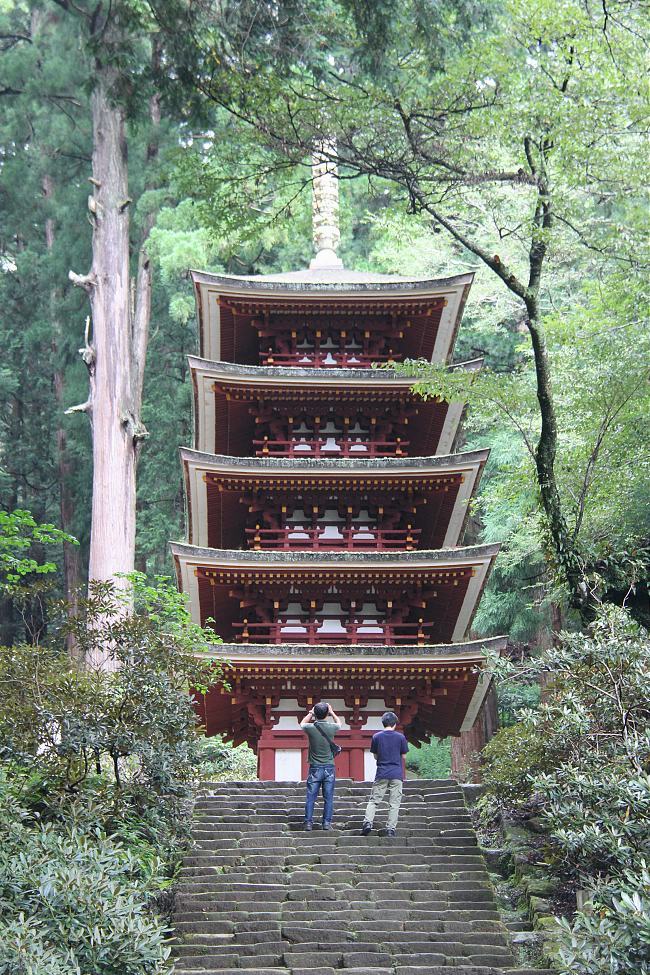
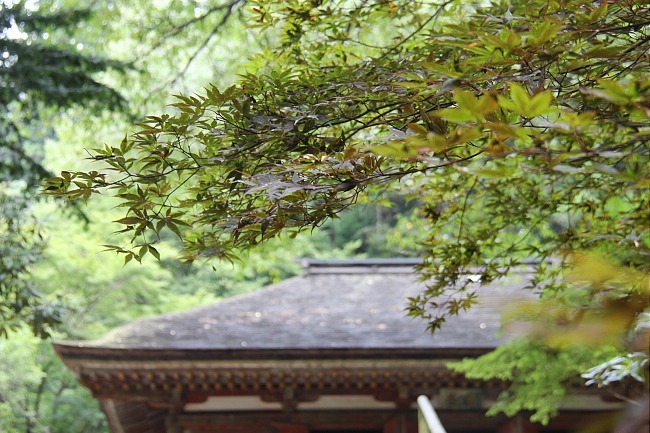
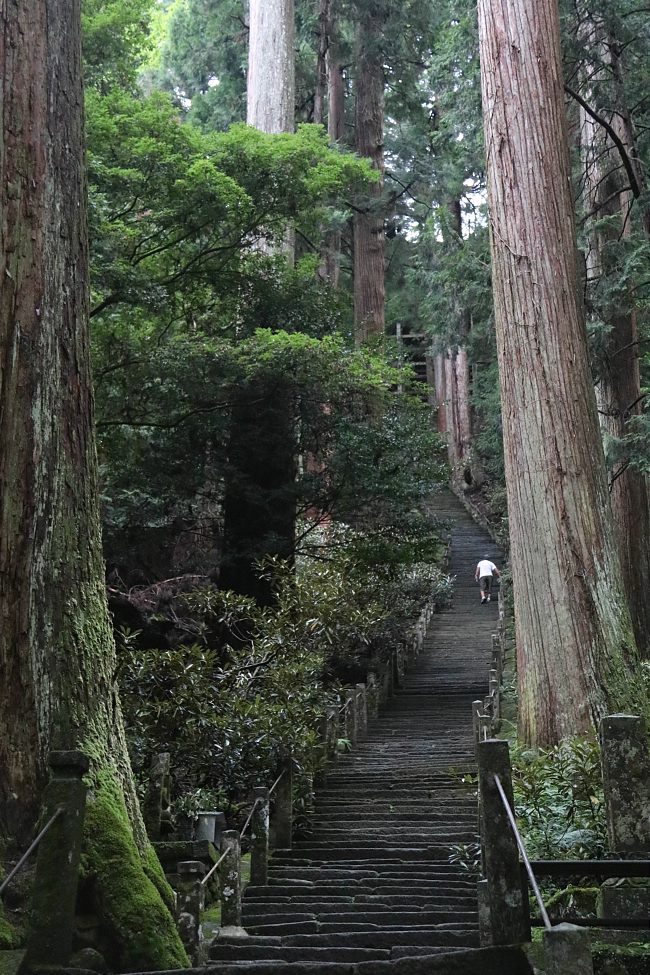
My final destination on this exploration of Yamato is Soni Kogen. A highland plateau deep in the Nara countryside, an hour drive east of the Yamanobe-no-michi Trail, Soni Kogen offers nice hiking trails with great views. I arrive and start up the dirt trail that takes hikers up and around the plateau's peak and back down to the lower grass lands. The hike is a tad hellacious and includes some ambling over rocks near the summit but it's definitely fun and is good exercise to work off some of last night's meal. The trek starts off foggy, but luckily the sky clears just as I reach the summit, affording me good views of the surrounding area.

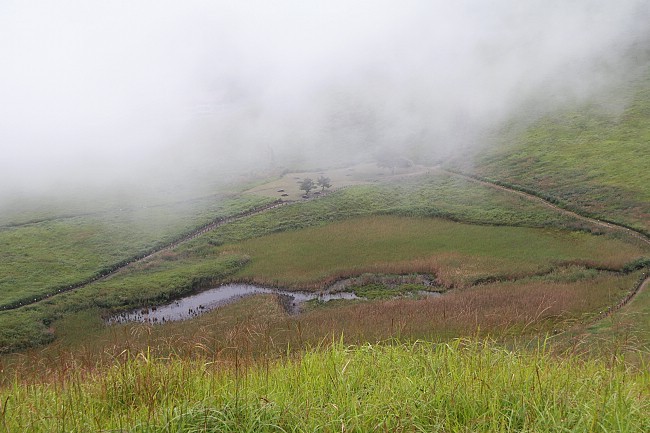
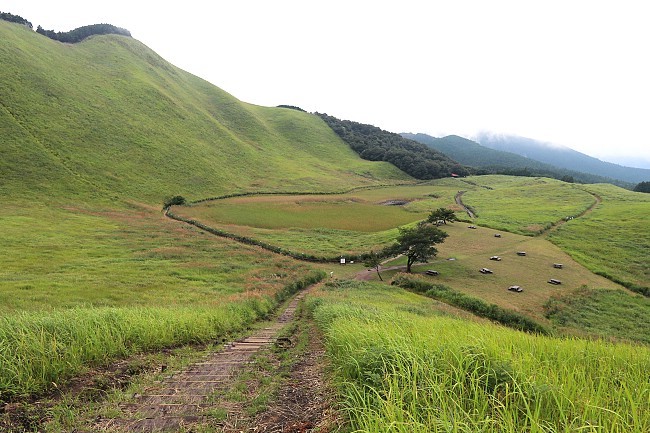
A feature of this hike is the pampas grass that lines the trail throughout. The grass turns beautifully golden typically around late October to mid November and attracts lots of visitors. All in all, the circuit up and around the plateau takes less than an hour and leaves me feeling accomplished, if a tad breathless. I've had a great time getting to know Yamato and leave eager to return one day.
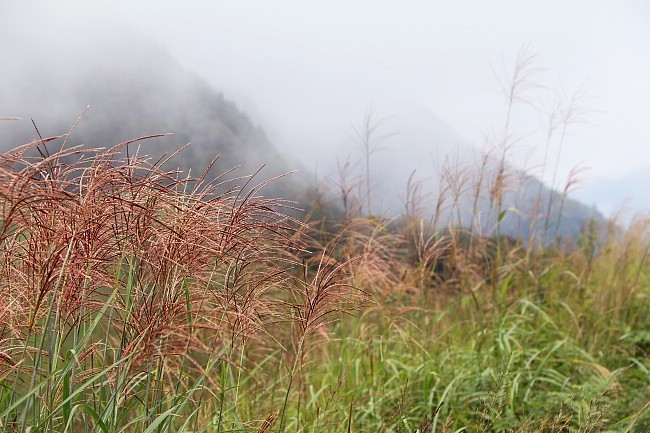

| previous post |
| next post |


